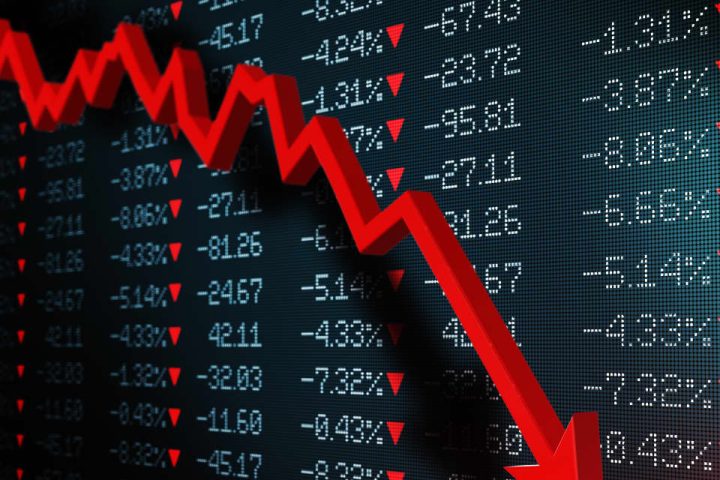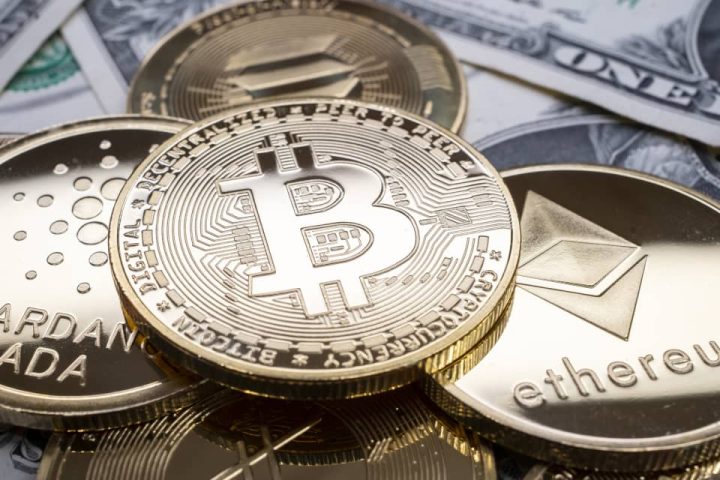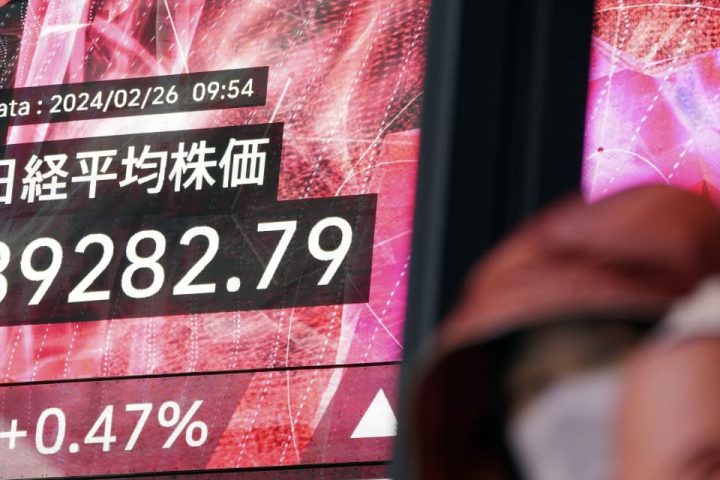A day after January’s hotter-than-expected consumer-price index drew a strong response from financial markets, investors and traders were questioning whether that knee-jerk reaction was justified or went a bit too far.
On Wednesday, equities finished higher following a sharp selloff in the previous session and buyers returned to the Treasury market, pushing most yields lower. Only a day ago, stocks and bonds sold off in tandem: the Dow Jones Industrial Average
DJIA
fell by 524.63 points or 1.4% for the largest one-day decline since March 22, 2023 and Treasury yields finished at their highest levels in months.
Perhaps the biggest reason why Tuesday’s initial market reaction to the CPI report was so strong was the realization that inflation is now tracking economic growth, according to some investors and economists. That’s in contrast to the so-called immaculate disinflation thesis that had prevailed at the start of 2024, in which price gains were supposed to ease further no matter how the economy performed, and had been one of the most important catalysts driving the Dow Jones and S&P 500
SPX
to a series of records in the new year.
“Everyone was fairly optimistic that inflation was a thing of the past and then we got cold water thrown on that,” said Brent Schutte, chief investment officer at Northwestern Mutual Wealth Management Company in Milwaukee, which oversaw $280 billion in assets as of December.
Early last year, “we were positive that as the U.S. moved further past the Covid-related supply-chain disruptions, inflation would fall by more, and it did,” Schutte said via phone. “Then last summer, we pivoted our view toward the idea that inflation is going to be stickier and is more about the economic cycle.”
In other words, the immaculate disinflation theory is now being replaced in the minds of some market participants by the idea that as long as U.S. economic growth remains strong, so will inflation. That’s a turnaround from the previous line of thinking, in which inflation was seen as likely to keep easing despite a strong economy and labor market.
A few years ago, economists theorized that it would take something like a recession to bring down inflation in a meaningful way from its peak of 9.1% in June 2022. The current thinking reflects the other side of the same argument: as long as the economy is running hot, the risk of more upside price pressures keeps growing.
The Atlanta Fed’s GDPNow model estimates that first-quarter real GDP could come in at 3.4%, a figure that’s set to be updated again on Thursday. The current 3.4% estimate is relatively strong, considering borrowing costs have risen by more than five full percentage points since March 2022 and that higher interest rates have had plenty of time to curtail economic growth.
“It’s confusing because there are a lot of layers going on at the same time,” said Steven Blitz, chief U.S. economist for GlobalData.TS Lombard in New York. “You’re at the point where disinflation from the Covid effects is finally ending. And what’s rolling into place is an inflation rate that reflects the current state of the economy.”
“If this economy continues to grow at 2%-plus and unemployment remains below 4%, the inflation rate is going to pick up again,” Blitz said via phone. ”No responsible person would say inflation will go to 5% or 6%, but it can go back high enough to bring into question whether the Fed can even cut interest rates.”
Adding to much of the confusion over how to interpret the inflation outlook is Tuesday’s CPI report itself. It showed the annual headline inflation rate actually slipped to 3.1% during January from 3.4% in the prior month, and the annual core rate was unchanged at 3.9% — leaving some people puzzled by the strong moves seen in stocks and bonds that day.
The problem was that monthly and annual CPI figures came in above expectations — whether they included or excluded food and energy. And that matters because of how much investors, traders, and policymakers have been counting on inflation to keep falling by enough to justify rate cuts from the Federal Reserve this year.
The Fed’s own internal measures of inflation underscore the latest concerns. The Cleveland Fed’s estimate for CPI inflation during the first quarter has moved higher since Tuesday. And the Atlanta Fed’s sticky-price consumer-price index, a weighted basket of items with relatively slowly changing prices, has increased 6.7% on an annualized basis in January, following a revised 4.2% increase in December.
“The Fed isn’t going to be cutting rates aggressively anytime soon unless the economy falls into a recession,” Schutte said. “It is going to keep rates high, which will cause an economic slowdown that leads to a recession. Our best guess is that a recession could still be a 2024 thing, but calling the timing of one is tough. I’m comfortable saying we are in a business cycle in which the longer rates stay higher, the greater chances of an accident occurring,” whether it’s in real estate, corporate debt or elsewhere.
“Toward the end of business cycles, wages are elevated, resources are scarce, and companies raise their prices to protect margins,” he said. ”Inflation right now has to do with the business cycle and is turning stickier.’’
It may take months to determine which of the various scenarios for inflation and interest rates will pan out.
Until then, stocks can continue to rally, as they did in the 1990s, as long as markets view higher rates as reflective of strong economic growth, according to Blitz. They’re likely to perform worse, however, if markets come around to the view that the Fed will be leaving rates at levels that are more than the U.S. economy can handle, he said.
“There are more unknowns than knowns at the moment, and you can never look at interest rates alone and say they are the only thing that count,’’ Blitz said via phone.
“It’s a very risky moment for policymakers,’’ he said. By cutting interest rates this year, the central bank risks unleashing a tremendous amount of cash that’s currently sitting on the sidelines, which could push inflation back up again, according to the economist. “I don’t envy the job.”
Read the full article here







